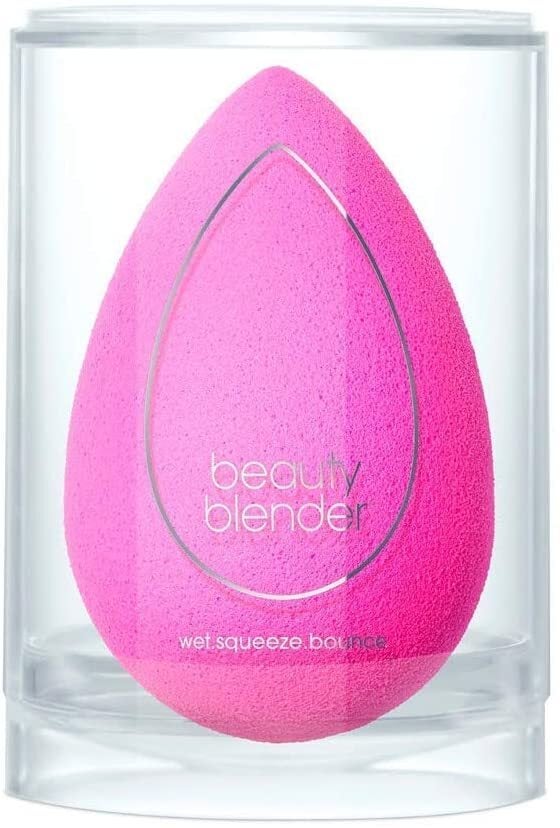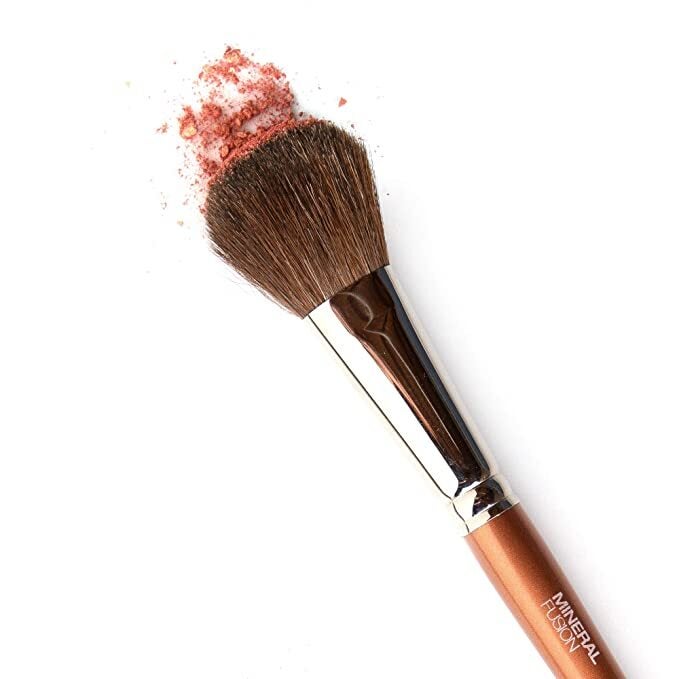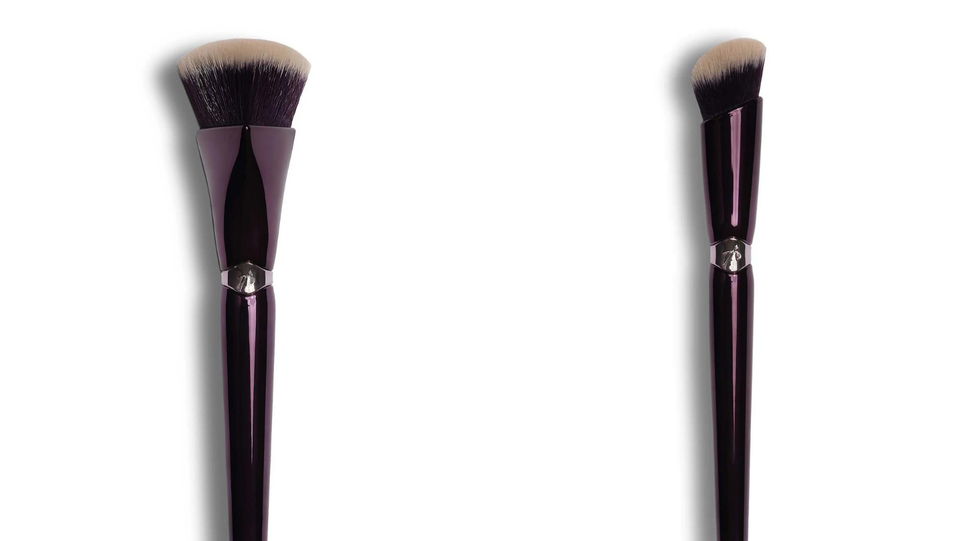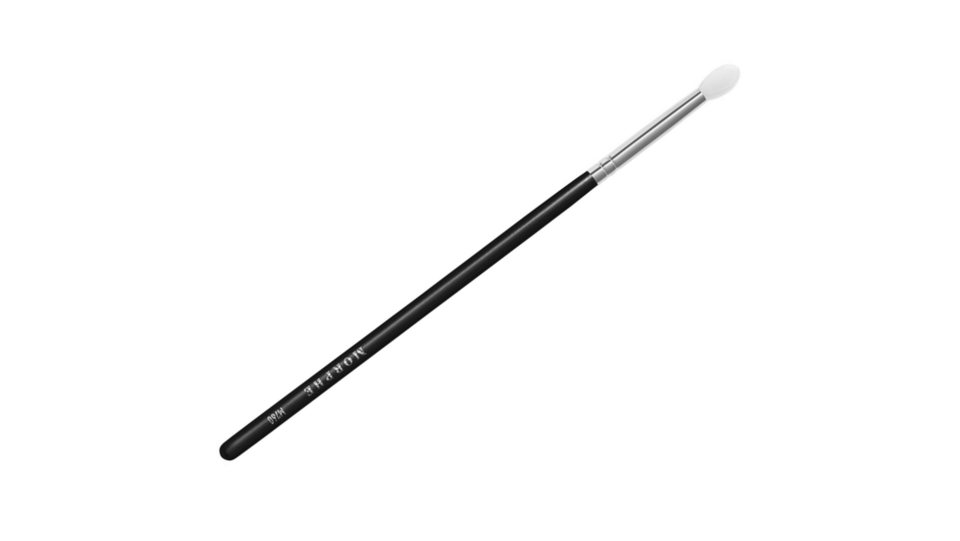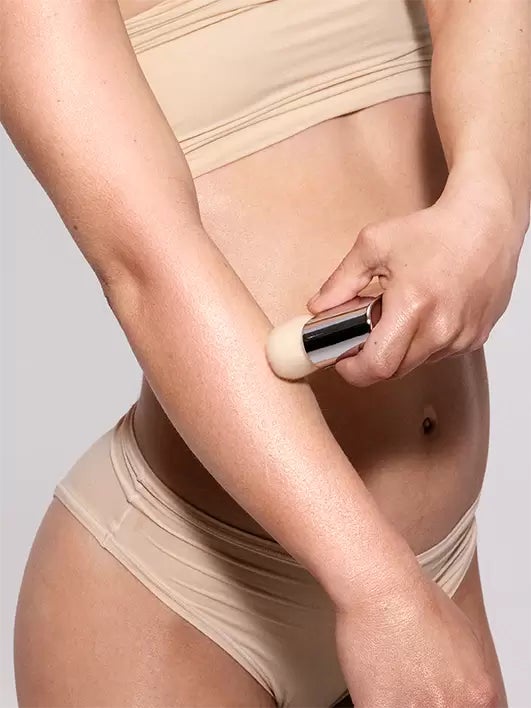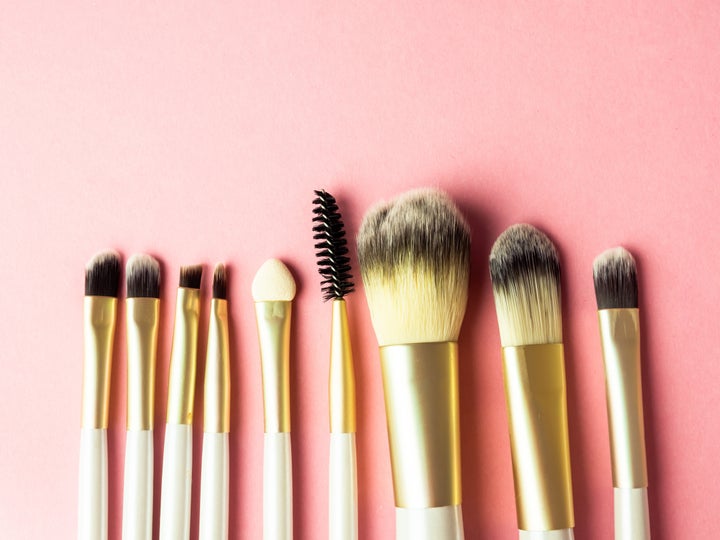
We hope you love the products we recommend! All of them were independently selected by our editors. Just so you know, HuffPost UK may collect a share of sales or other compensation from the links on this page if you decide to shop from them. Oh, and FYI — prices are accurate and items in stock as of time of publication.
Makeup is there to help us look better, or at least like truer versions of our best selves. But for all the products we accumulate on our bathroom shelves, we often don’t understand the best way to apply all this stuff. When are fingers OK? When do you need a sponge or brush? And, with so many expensive makeup tool options out there, which ones are worth an investment? We talked to experts to figure it all out and learn some of their favourite techniques.
The case for using your fingers
Beauty icon Bobbi Brown, founder of Jones Road Beauty, is a proponent of the benefits of skin-to-skin contact. “Fingers are a makeup artist’s go-to because the warmth of fingers melts the product into the skin, giving the most skin-like finish,” she tells HuffPost. “They’re also your greatest tool for blending.”
Others agree with her. “Moisturiser, eye cream and other priming products all perform best when worked into the skin with the warmth of fingers,” makeup artist Diane da Silva tells HuffPost. While she uses tools for professional work, “I almost never use them on my own face for my day-to-day personal routine,” she says. “I keep it very simple and often use the same colour blurred onto my eyes, cheeks and lips. An imperfect application can also make it look a bit more believable. Plus, when you allow yourself five minutes for makeup, as I do, there’s no time to fuss with tools.”
Then there’s the issue of cleanliness. As long as you’re washing your hands well before applying makeup, fingers can be much cleaner than tools. “The best of us only wash brushes and sponges thoroughly once a week,” dermatologist Loretta Ciraldo tells HuffPost. “I use my fingers to minimise any chance of spreading microbes that may be growing on brushes or sponges, including fungus, yeast or bacteria. I’ve even switched to Ilia’s Multi-Stick or Merit Flush Balm for blush, since I can apply these directly without using a brush.”
When it’s best to use makeup brushes
Still, makeup artists know the magic that can be achieved with time, talent and the right tools. Brown says, “When you’d like more coverage on the skin or detail on the eyes, grab your brushes to layer additional product or colour where needed.”
“When I’m working on other people, I’m a steadfast brush person,” Fiona Stiles tells HuffPost. “I deeply believe that the right brushes and tools create incredible shortcuts for achieving the look you want to create. So much about makeup is about blending, and tools really make that seamless look possible.” But not all tools are created equal, she says. “I’m very anti Q-tip, because they leave bits of fluff on the lashes. Instead, I use tightly wound cotton buds, which don’t leave cotton behind.”
Many makeup artists mix and match application methods for the best results. Sébastien Tardif, co-founder of Veil Cosmetics, told HuffPost that he uses multiple tools, and fingers. One example is liquid concealer. “I like to use a brush for placement of the product around the eyes, then I use my finger to pat into place as I like the warmth of my finger to melt it with the skin and spread it. Then I finish off the application using a fluffy concealer brush to perfect and blend to get that airbrush-like finish. I might even do one last pat with the fingertip for extra smoothing and locking into place.”
Ashley Rebecca tells HuffPost, “I use both tools and my fingers, but for very specific things. For instance, I prefer to apply makeup first with brushes, then soften and lightly blend out the product with my fingers. I find that using a mix of both is really beneficial and yields seamless results.”
And then there are those who are firmly Team Brush. “Makeup brushes are the critical tools that allow you apply the product with precision, or to achieve a unique finish like airbrush,” Jamie Greenberg tells HuffPost. “Fingers are great in a pinch, but brushes will always be my go-to.”
For those times when only a makeup tool will do, check out these favourites from makeup artists.
